Don't go in there. That's a Chiwara warren; see how the walls here are coated in this hard gunk? They're not usually aggressive, but if you blunder into their home uninvited, they might make an exception.
— Sodai, Kaia
The Chiwara are a species of large crustacean-like insects that infest the deeper reaches of the caverns. Their life is a cycle of hibernation and movement as they roam from cave to cave in search of food, then slumber in resin-swathed hives until the caverns have regenerated enough for the feast to begin again.
Description
Chiwara are six-legged insects with overlapping carapace plates and prehensile tentacles by their maws that they use for grasping and feeding along with two small front claws. The legs of the Chiwara are tipped with hooked claws and they are good climbers as well as surprisingly fast runners. They are roughly the size of a cat, though they grow almost twice as large in the Far Deep. The Chiwara have five eyes and excellent dark-vision that they use to scavenge for food. The carapace range in coloration from dark grey to black, and grows thicker and more sturdy as the Chiwara age.
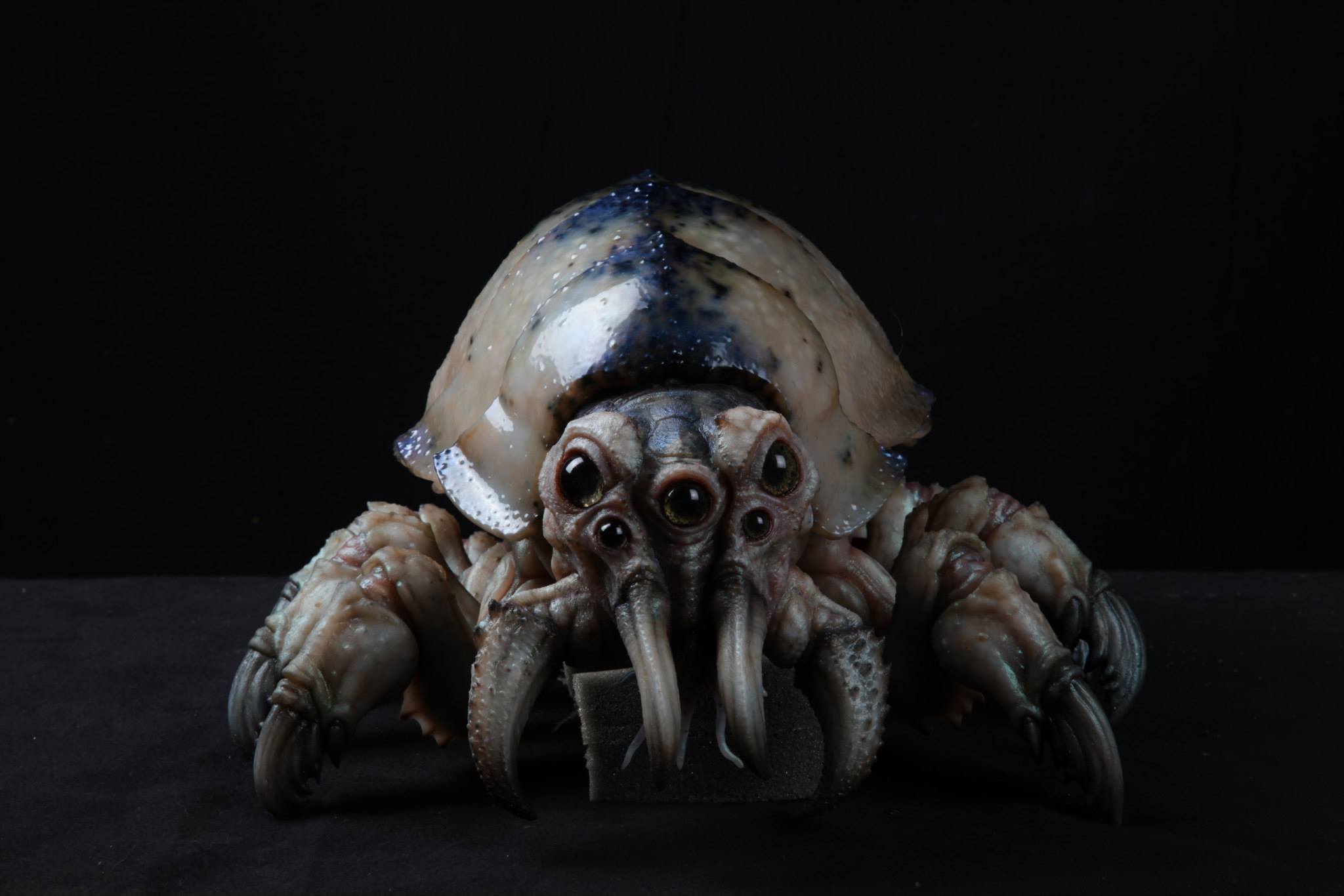
The tentacles of the Chiwara have barbs along the length and they excrete a weak venom that causes numbness and weakness. Though not typically dangerous to a well-armed adventurer, a swarming pack of ravenous Chiwara have been unknown to overwhelm the unwary and strip them to the bone. They usually have two of the front-feeding tentacles, though larger specimen in the Far Deep have been recorded with as many as six.
Life Cycle
The Chiwara begin life in the the egg-sacs nestled deep inside the hive warrens and juvenile Chiwara come out as smaller versions of the adult form with stunted feeding-tentacles. These egg-sacs are either affixed to the resin that the Chiwara can disgorge to build their nests, or attached to the back of old and dying Chiwara as parasites.
These eggs are tended by the entire hive and fed by vomiting food in the form of a digested slurry, directly into the egg. The infected Chiwara are kept alive until such a time as the brood can emerge, and typically consumed by the ravenous young as they do.
When they aren't scavenging for food, they are hibernating. The Chiwara can hibernate for years inside pods similar to their eggsacs within their nests, waking only to repair the hives or fend off invaders. Should food become scarce in an area and the Chiwara are not yet ready to hibernate, they will migrate in great scuttling herds through the tunnels in search for more suitable spaces to live. While they will usually avoid human settlements, they have been known to sometimes infest garbage dumps or Horoi-tunnels.
Behavior
The Chiwara are pack animals that live and work together in large nests, or in migrating groups. They work together to scavenge, care for eggs or maintain the nests. Usually scavengers, they feed on dead animals as well as fungi and mushroom but regularly supplement their diet with insects. They will also hunt for food should the opportunity present itself, typically preying on weak or injured animals that they happen upon but if hungry enough they'll attack whatever they find.
Starving Chiwara become almost crazed. They'll attack nearly anything with a fury, and swarms have been known to strip prey down to the bone in a single sitting. A popular freakshow attraction in the Inner Shell is to capture a small swarm of the Chiwara and let them starve in a pit, then lower some unfortunate animal to be consumed in the feeding frenzy for the benefit of spectators.
But otherwise, the Chiwara are not particularly aggressive creatures unless bothered or their nest is threatened. Invaders to their resin-coated caves are met with a furious response, often chased far beyond the boundaries of the nest.
Chiwara and Civilization
Cook the eyes for an hour in a stew of mushroom and salt until soft and chewy. Skewer and serve with sauce.
"Food on the Go", a Kaia recipe book
While domestication of Chiwara still elude the cities of the Inner Shell, the Chiwara are frequently hunted for food and chitin. Especially older Chiwara provide tough but flexible plates of chitin that can be fashioned into laminar suits, while the plate of younger Chiwara are cut into squares and tied together into splint or lamellar armor. They are typically treated in a process similar to tanning
Hattick to prevent them from drying out and becoming brittle, but is sometimes used raw.
The flesh of the Chiwara is tough but not unpleasant, frequently cut into strips and dried into jerky or cooked until soft and mushy. Other then the meat, the eyes and the tentacles are both eaten when the Chiwara is caught and the claws are used as everything from decoration to small knives. The Chiwaratu, the Far Deep variant of the Chiwara, are much larger and as such much more useful and valuable but also a more dangerous prey to hunt.
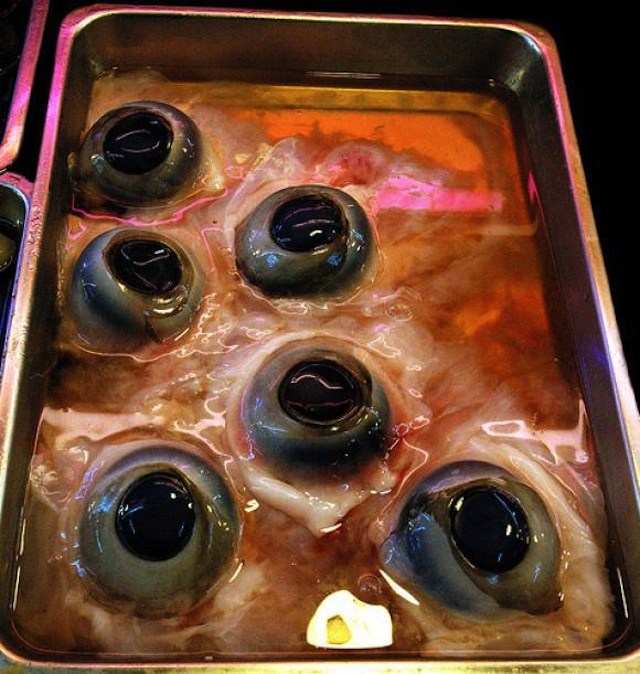
by Keiko Pham
Chiwara Eyes - A delicacy
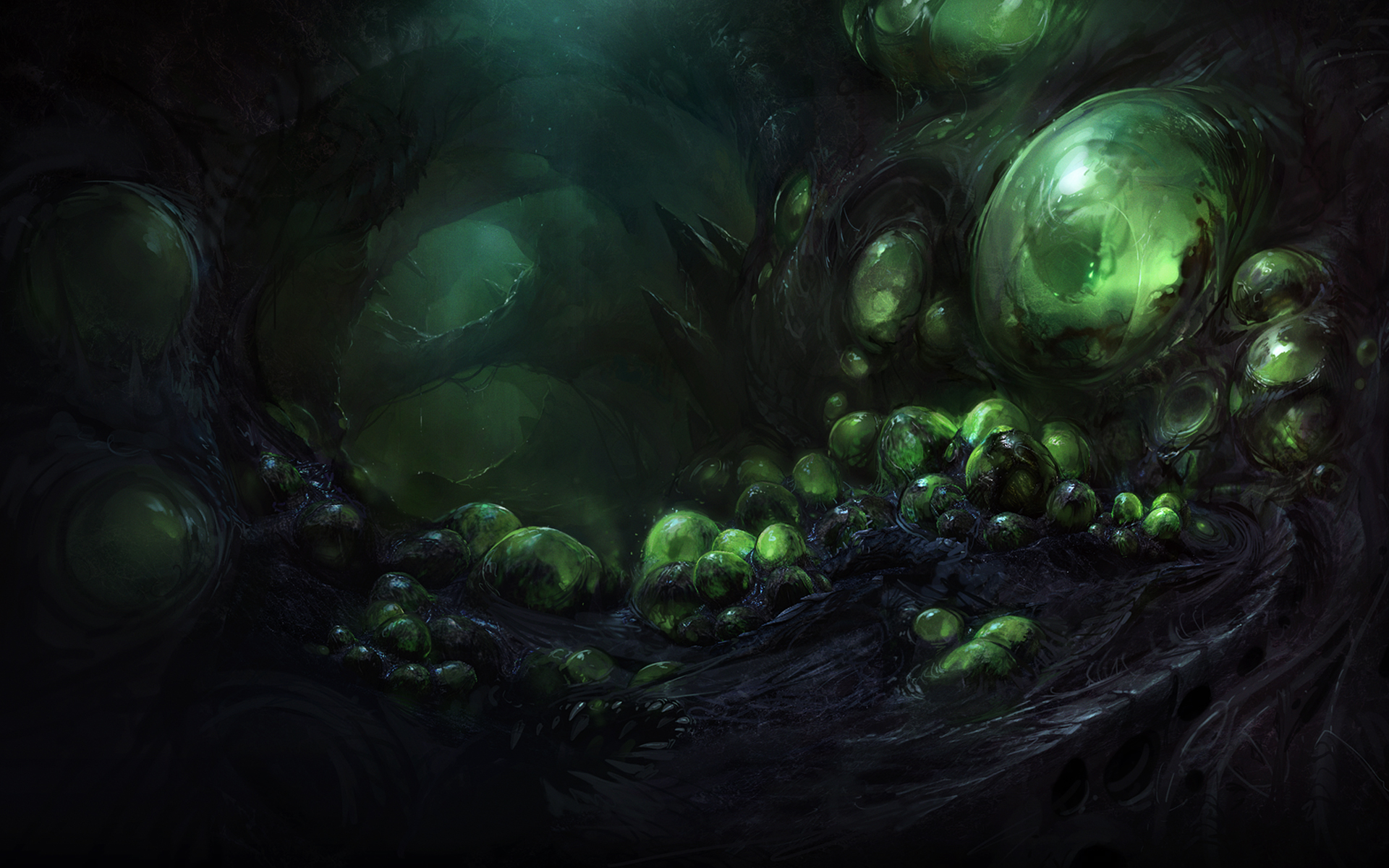

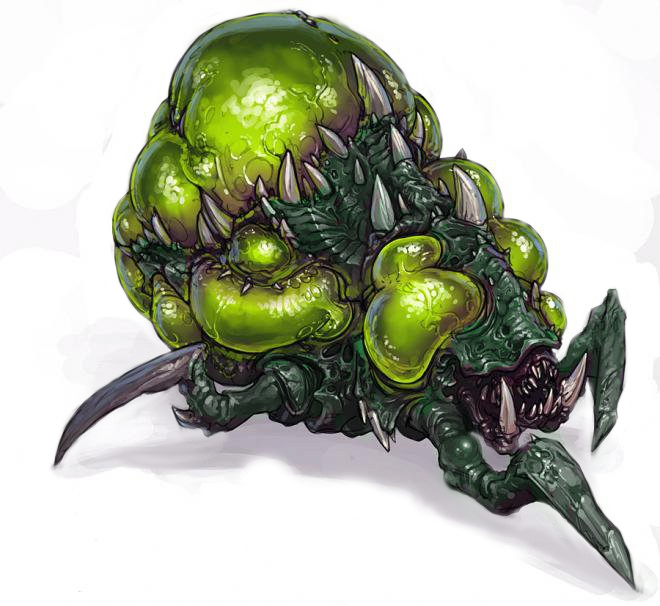

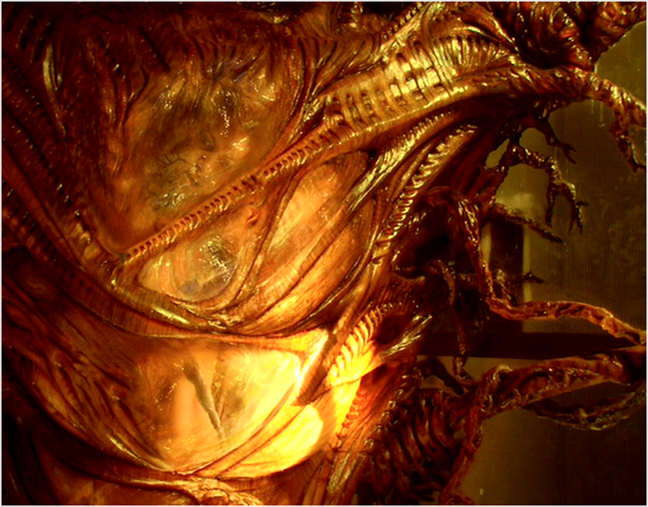

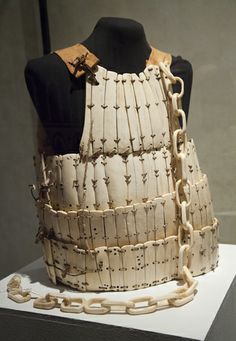


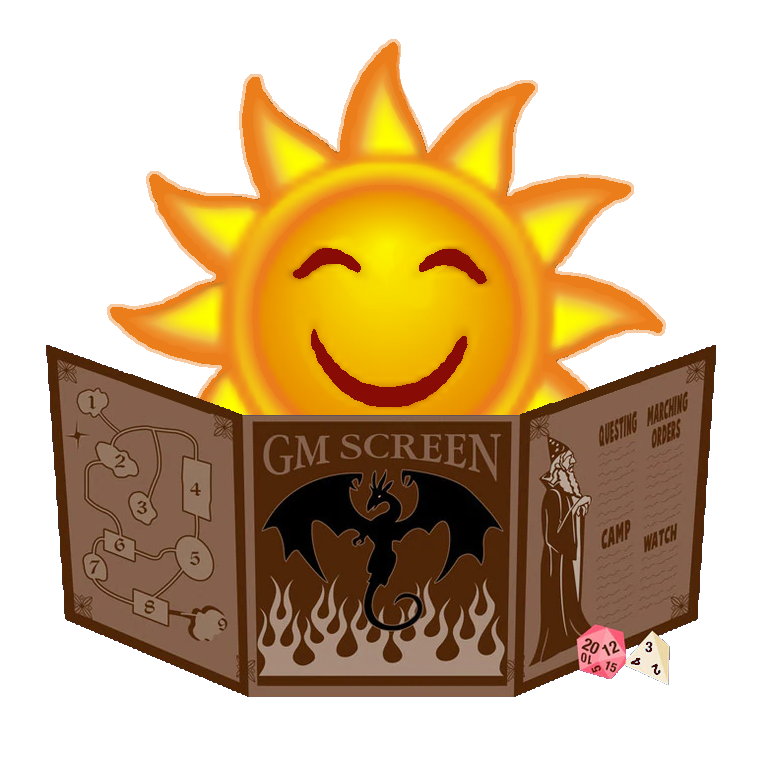
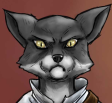
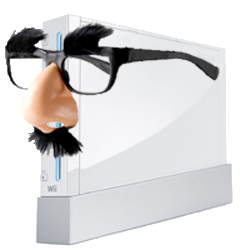
Nice little article. They add some flavor to the world and I think it is a good length of an article, if just because they don't seem all that important to story, but are great for fleshing out the world. Keep up the great work.
Thank you!
Creator of Araea, Megacorpolis, and many others.